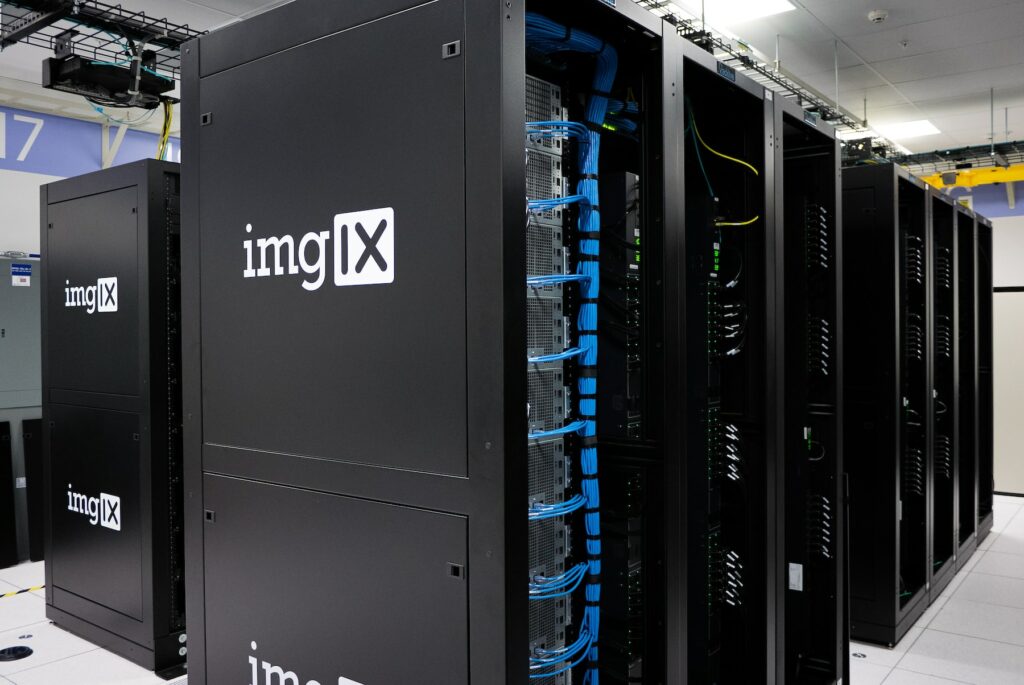The growing use of Kubernetes, the open-source orchestration platform for managing containerized applications, has recently seen a shift from predominately handling stateless web and batch applications towards encompassing stateful applications. Notably, the use of Kubernetes for stateless applications has been on a steady upswing, as demonstrated by Google Kubernetes Engine (GKE)’s continuous growth. The rise in stateful applications on Kubernetes, however, reflects a significant trend that tech professionals should not overlook.
Stateful applications such as databases, big data platforms, data analytics tools, and machine learning applications are increasingly being run on Kubernetes. Modern data engineering tools are finding a solid foundation in Kubernetes, exemplifying its capacity to manage complex and data-intensive workloads. Thus field experts are harboring more faith and relying on Kubernetes for handling stateful applications.
Simultaneously, Kubernetes has seeped into the professional practice of both platform and data engineers, becoming an integral tool in their kit. The Data on Kubernetes (DoK) community’s 2022 report noted an upsurge in the use and familiarity of Kubernetes among these engineers, spurred by the wrapped-up utility and effectiveness that Kubernetes brings to the field of data engineering.
Resilience and scalability remain inevitable qualities that Kubernetes endows, which add to its burgeoning popularity. The platform supports petaFlops of measurement, and with the help of the Container Storage Interface (CSI), a wide spectrum of storage selections are available. The steadily evolving integration with stateful applications, through object storage-based Fuse CSI drivers, further expands the range and flexibility of Kubernetes.
But this is not all. Kubernetes’ resilience extends into its auto-healing capacity. It can recover from failures by constantly checking and ensuring the applications are running as intended. This high resilience points to an essential benefit in maintaining smooth operations, particularly crucial in managing sensitive data workloads.
The efficiency in managing, accessing, and migrating the data also sets a high benchmark. Kubernetes helps improve productivity due to its robust, well-designed architecture and flexibility in adapting to diverse workflows.
Looking forward, industry experts forecast the increasing integration of data workloads with Kubernetes. Dealing with data in flux is challenging, and Kubernetes provides an effective solution. That said, the path does not come without a set of challenges. Improvements in security, networking, and monitoring are areas that demand additional focus. As Kubernetes steadily encroaches into the realms of data processing and management, addressing potential gaps becomes imperative.
In summary, Kubernetes’ extensive capabilities, growth, and expansion point toward an exciting future. Its proven benefits in handling both stateless and stateful applications indicate the potential for Kubernetes to redefine the data storage world. However, the challenges, especially around security and monitoring, need to be addressed for Kubernetes to fully wield the power of data workloads.
As an invite for our readers, we’d love to hear about your own experiences with running data workloads on Kubernetes. How did you surmount challenges and leverage Kubernetes’ unique capabilities? Share your insights to fuel the conversation. This discussion can be a vital resource for many others who are venturing into this evolving territory.


![The ‘Giveaway Piggy Back Scam’ In Full Swing [2022]](https://www.cjco.com.au/wp-content/uploads/pexels-nataliya-vaitkevich-7172791-1-scaled-2-683x1024.jpg)

